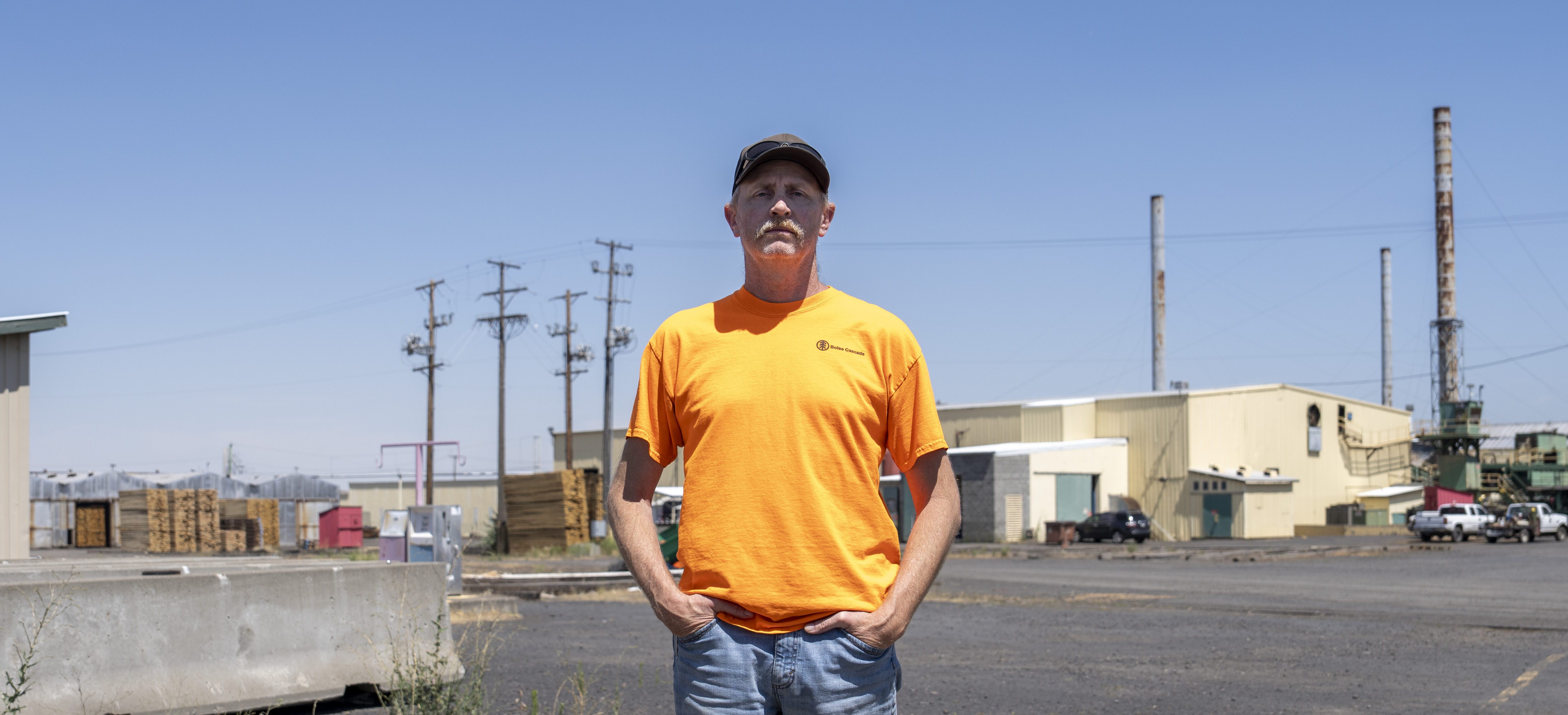Are homemade masks helping? For some uses, but they’re no replacement for proper equipment, authorities say
Published 9:00 am Thursday, April 2, 2020
PORTLAND — As the new coronavirus has crossed Oregon and the country, stories of health care workers’ challenges likewise spread across communities and social media.
Some nurses in Oregon stash equipment in paper bags between patients. They sport swim goggles instead of face shields. They use masks far beyond their recommended use, sometimes for weeks at a time.
Trending
On Monday, Oregon Health and Science University revealed 12 of its workers had tested positive for the virus. Providence and Legacy, two of the biggest health care providers in the region, reported 18 stricken staff members between them. It was unclear what kind of equipment the infected workers were using, but the improper use of safety gear increases the risk of contracting the virus.
As medical workers run dangerously low on personal protective equipment, or PPE, a spirit of public volunteerism has emerged. Crafters, quilters and church groups have leapt into action, to a soundtrack of whirring sewing machines, in a desperate bid to stave off a catastrophe.
But the do-it-yourself PPE movement, while it gives idle hands a purpose and provides equipment for some people who might otherwise go without, has shortcomings. The products being made in Oregon homes are not medical grade, something crafters readily acknowledge, so their use is an absolute last resort in health care settings. Even the protection they provide to nonmedical folks is limited, experts say.
Sarah Laslett, executive director of the Oregon Nurses Association, said the efforts of home-crafters are greatly appreciated, but they cannot supplant medical-grade masks, gowns and face shields.
“I think it is tremendous the amount of community energy that is being put out, and I know there are a lot of people out there who want to help, but I urge us not to think of homemade masks as a solution in health care settings,” she said. “They do not substitute for PPE.”
The “Cadillac” of masks
Trending
To understand the vital role of masks in the fight to stop the spread of the coronavirus, you first need to understand droplets, said Richard Corsi, dean of Portland State University’s Maseeh College of Engineering and Computer Science.
When a sick person coughs, sneezes or even speaks, they expel droplets of mucus and saliva, some of which can contain virus particles. These droplets can be as small as 0.5 microns, invisible to the naked eye. The width of a human hair is usually between 75 and 100 microns.
Given their tiny size, these droplets can remain airborne for an unknown amount of time. Corsi said the 6-foot rule, trumpeted by government agencies as a safe social distance, is misleading. Instead, Corsi recommended staying 20 feet away back from other people.
But for those in jobs where they interact with the public — health care workers, grocery store employees and other essential service staff — keeping that kind of distance is usually impossible. That’s where masks come in.
At the top of the medical mask hierarchy is the N95, made from non-woven polypropylene fiber and so named because it removes 95% percent of particles down 0.3 microns.
When they are fitted with a proper seal, the N95 the gold standard for protection, Corsi said, calling them “the Cadillac” of medical masks.
That’s why it’s so important that these crucial pieces of protective equipment be reserved for frontline health care workers, Corsi said.
Homemade masks, by contrast, don’t offer the protective seal of N95s and are often made from woven materials that offer particles a much more direct path from the open air into the wearer’s nose or mouth. A 2010 study found that homemade masks, depending on their fabric, blocked between 10 and 40% of particles of 1 micron.
Still, Corsi said, homemade masks are better than nothing, especially if people find themselves in a confined space like a MAX train or bus. Beyond the protection they offer to those wearing them, they also reduce the likelihood that people with the virus, who may not be showing symptoms, will spread it to others.
A few hospitals in the Pacific Northwest have distributed kits containing patterns and materials for sewers to craft PPE at home, but most were not accepting donations of homemade gear.
Oregon is not alone in its shortage of equipment. A survey of 213 U.S. mayors from 41 states found that 91% did not have adequate supplies of masks for first responders and medical personnel. More than 88% were lacking in other personal protective equipment.
The importance of medical-grade masks only underscores the urgency of the shortage, according to Corsi.
“It’s a great failure of our country that we can’t provide the PPE that our health care workers need,” he said. “I hope the public realizes that if (workers) don’t have what they need, it’s going to be worse for everyone.”
A shortage of supplies, a spectrum of solutions
In mid-March, Chuck Gross, a retiree from West Linn, started hearing stories of nurses and doctors running low on protective gear. His family is full of medical professionals and he wanted to help.
Working with a seamstress, he developed nine gown prototypes made of Tyvek, a waterproof construction material, and brought them to the state veterans home in Lebanon, home to one of Oregon’s worst clusters of coronavirus. Staff there looked over the samples and gave him the go-ahead.
Gross went to Home Depot and negotiated a discount on materials. He reached out to friends, family members and neighbors and assembled a group of 10 amateur sewers. Late last week, he delivered 120 gowns to the veterans home.
“I’ve heard from people wearing garbage bags,” Gross said. “These Tyvek gowns are a hell of a lot better than that.”
Gross is one of countless regular people, organizations and businesses who have stepped in to fill a gap in supplies created by a lack of preparedness by hospitals and exacerbated by governmental bureaucratic inefficiency.
A Facebook group in Portland includes more than 7,000 sewers. A small, independent garment factory in the city switched from producing clothes to masks earlier this month. Dozens of other groups have organized around needle and thread.
A reprieve for health care workers, maybe
Brown has lamented the response of the federal government to her pleas for more protective equipment, but on Tuesday her administration announced the arrival of a shipment from the Federal Emergency Management Agency. Oregon also solicited donations of PPE certified by the Food and Drug Administration, resulting in more than 400,000 N95s flowing into state stockpiles.
It remains unclear how big of a dent the shipment would make, though any influx of safety equipment was welcomed by state agencies.
But with the federal government reportedly mulling a recommendation that everyone start sporting a mask in public, interest in homemade safety gear is unlikely to wane.
For those who are able, though, Corsi said there was one course of action that provides even more protection than a whole box of N95s: staying home and washing your hands.
This article was originally published by The Oregonian/OregonLive, one of more than a dozen news organizations throughout the state sharing their coverage of the novel coronavirus outbreak to help inform Oregonians about this evolving heath issue.









